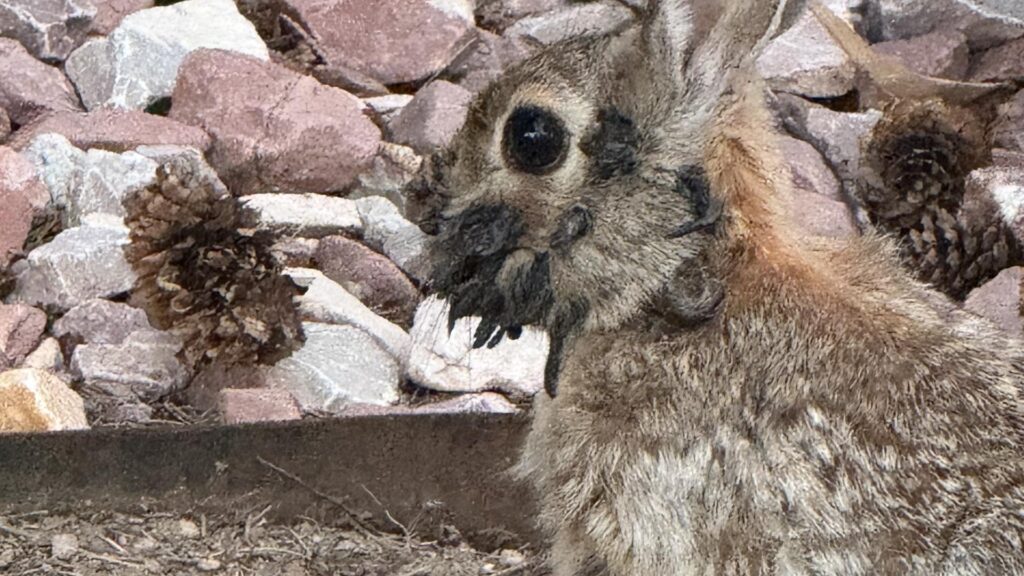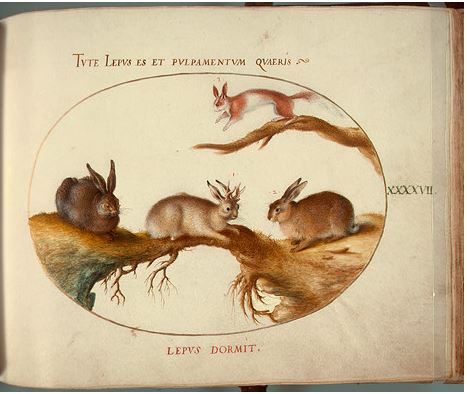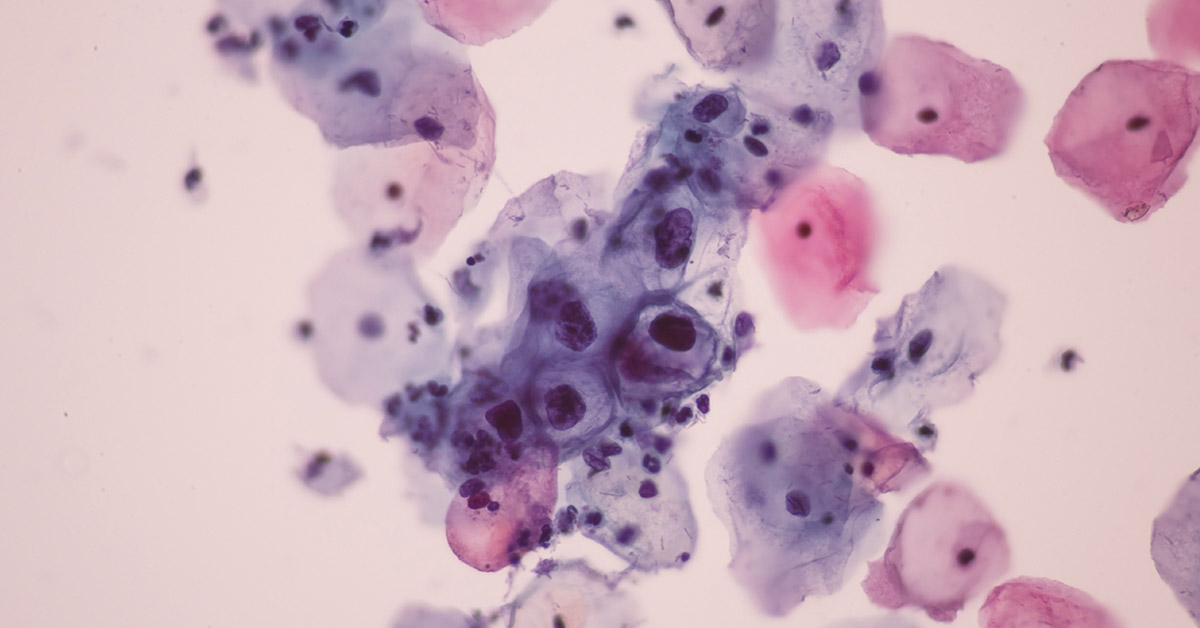Have you heard of the jackalope? It is a legendary creature said to look like a rabbit with the antlers of a deer. The mythical creature was popularized in 1932, when a taxidermist by the name of Douglas Herrick created and sold the very first taxidermy jackalope by simply adding antlers to a real rabbit. In 2013, however, a man living in Minnesota posted a video that once again brought the legendary creature back into the public spotlight. In the video, we can see a rabbit with horn-like tendrils growing out of its head. Dubbed “Frankenbunnies”, these rabbits with tentacles have recently also been spotted on several occasions in Fort Collins, Colorado. Is it the return of the mythical jackalope, or is there a more logical explanation?
Return of the ‘Frankenstein’ Rabbits

Several residents of Fort Collins, Colorado, have recently reported spotting cottontail rabbits with tentacles growing out of their heads. Speaking to 9news, one resident, Susan Mansfield, said she saw what looked like black quills or black toothpicks sticking out all around his or her mouth. I thought he would die off during the winter, but he didn’t. He came back a second year, and it grew.” Another resident added that it looked like “a scabbish-looking growth over their face.” So, what could be causing this upsurge in sightings of these so-called ‘Frankenstein’ Rabbits?
Well, it turns out that these poor rabbits have been infected with a disease called Shope papilloma virus, or cottontail rabbit papillomas. The virus results in the thick tumorous growths that can be seen sprouting out of their heads. The disease is spread through fleas and ticks, typically during the warmer summer months. These papillomaviruses can be found throughout the animal kingdom, including in other mammals, reptiles, and birds. The Shope papillomavirus is a strain that can cause cancer and is related to the human papillomavirus, or HPV. In humans, HPV can affect various tissues including the mouth and cervix, which can lead to cancer. In rabbits, however, the virus manifests as keratinized horns.
Not Considered a Threat

While it can spread between rabbits, the virus is not believed to be transmissible to humans or pets. Therefore, they are not considered a threat. However, wildlife experts have warned the public not to walk towards or touch those rabbits afflicted with the virus. The disease can still spread to domestic rabbits, which react far more severely than wild species. In domestic rabbits, the growths can develop a potentially fatal skin cancer known as squamous cell carcinoma. In wild cottontail rabbits, the virus often resolves on its own. However, in some cases, the growths can develop to a point where they prevent the animal from being able to eat, eventually dying of starvation. For those domestic rabbits that become infected, there is surgery available that can remove the growths before they become malignant.
The Discovery of the Rabbit Papilloma Virus

Richard Shope, an American virologist, first discovered the virus in the 1930s. However, the appearance of rabbits with tentacles has mystified people for centuries. In fact, accounts describing horned rabbits date back to the medieval and early Renaissance eras. They have also appeared in Bavarian folklore and even early scientific texts. Illustrations of rabbits with tentacles last appeared in these texts in the late 1700s. After this time, the idea of a rabbit with horns was simply rejected as myth and folklore. Yet, over time, these horned rabbits have periodically appeared, eventually revealing the presence of the virus to science.
What to Do if You Come Across ‘Frankenstein’ Rabbits

It is best to just leave them alone and not try to capture one. While you may want to try and help, wild rabbit cases often sort themselves out. It is more your domestic rabbits that you should be concerned about. For domestic rabbits, prevention means housing them indoors or in screened hutches. You also need to use vet-approved flea/tick control, and remove any standing water that can potentially serve as a place for mosquitoes to breed. Domestic rabbits that develop rabbit papillomas should see an exotic animal veterinarian.
While it may simply seem like an unsightly and unfortunate condition to live with, science has learned much from the cottontail rabbit papillomavirus. For example, it has become a key model for studying human papillomaviruses and developing therapies to address them. The virus seems to have been with us for centuries, popping up in folklore and scientific illustrations through the ages. Even today, their strange appearance captures the imagination of the public. Yet, these poor ‘Frankenstein’ Rabbits are nothing more than victims of a virus that we are still learning more about in our modern era. They may not be jackalopes, but that doesn’t make them any less interesting to study and understand.
Read More: Chikungunya Virus Spreads in China Amid Government’s Strong Response

